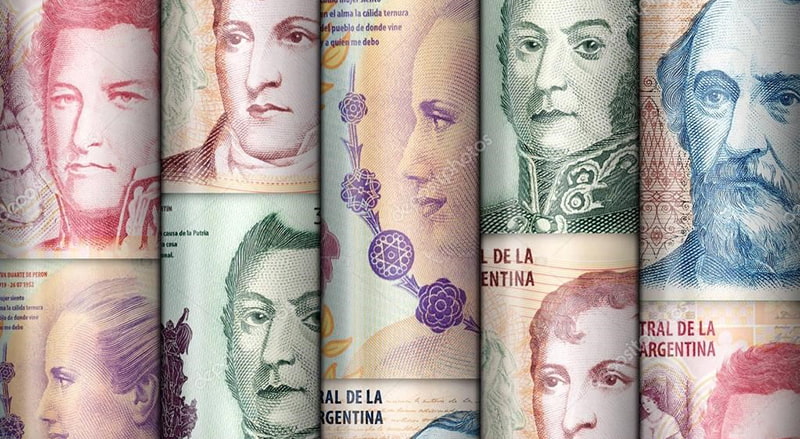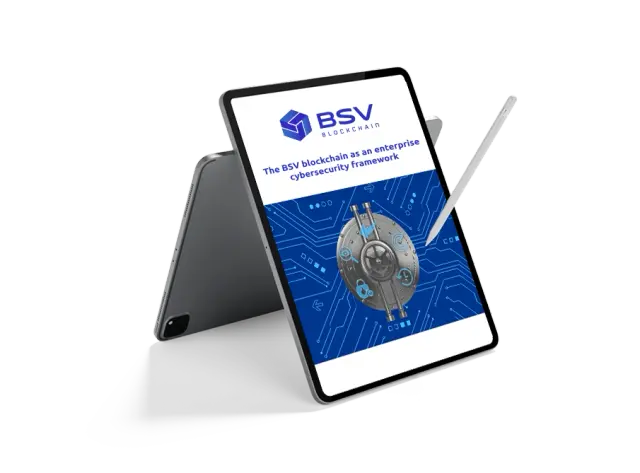While large parts of the crypto and blockchain sphere are not willing to be regulated and allow criminal prosecution, the public discourse is moving forward. Governments and state organisations in particular are interested in gaining control over the situation, which time and again makes negative headlines in global media. Interpol has been pursuing the goal of gaining a grip on digital asset crime for quite some time now.
Currently, the international law enforcement organisation is in the process of creating a framework for digital asset recovery. In order to obtain more information about the matter, Interpol also consulted BSV blockchain representative Bryan Daugherty, Public Affairs Director of Americas and Founder of SmartLedger, and invited him to the 2nd Interpol New Technologies Forum. With the Digital Asset Recovery Process, BSV blockchain is a leading authority on this topic, which is why Interpol was interested in the expertise of Daugherty.
2nd New Technologies Forum on Law Enforcement in Web 3.0
The conference took place at the Friedrich Alexander University Erlangen/Nuremberg from 10 – 11 October and was organised by Interpol in cooperation with the Bavarian Ministry of Justice. The conference focused on the criminal prosecution of digital assets and blockchain. Various aspects of blockchain were highlighted. In the form of cryptocurrencies, the blockchain was discussed as a vector for crime and threat. As an infrastructure technology, however, it was discussed as a useful tool for security, prevention and evidence gathering.
Daugherty briefly summarises his experience at the event and expresses his gratitude towards the organisers:
‘Presenting at the 2nd INTERPOL New Technologies Forum was an enlightening experience. In collaboration with the Bavarian State Ministry of Justice, we delved deep into the intersections of law enforcement, digital asset recovery, and the broader digital landscape. It’s an exciting time, and together, we are shaping a safer, more secure future for all.’
Digital Asset Recovery
Daugherty gave a presentation on the Digital Asset Recovery process and toolset developed by the BSV Association. Unfortunately, that event was not recorded.
But if you would like to know more about the Digital Asset Recovery Process on BSV, it was recently part of a panel discussion at the London Blockchain Conference and is described in more detail in this video:
The urgent need for Digital Asset Recovery
The urgency for digital asset recovery cannot be overstated. With the skyrocketing value of cryptocurrencies, the losses due to theft or ransomware attacks have reached alarming levels. During the conference, participants revealed that there is over $20 billion worth of stolen digital assets waiting to be recovered, Daugherty describes in the CoinGeek livestream with Kurt Wuckert Jr.
He further outlines that this vast sum includes funds lost to ransomware, which has accounted for approximately $5 billion in bitcoin payments over the last four years. Daugherty highlights that these are not just numbers and headlines you read in the newspaper, but ‘someone’s property’, which needs to be returned to their rightful owners.
For Daugherty, blockchain represents an immense progress in law enforcement in the digital age:
‘As we stand on the brink of a new era, it’s evident that blockchain technology could become integral to modern law enforcement. This melding of tech and law offers avenues for securely and effectively managing evidence, improving communication, and efficiently tracking devices. This is a leap forward in our battle against crime. By navigating this promising landscape, we set the stage for future generations and move towards a world that is not only safer but also more equitable and resilient.’
Maturing of Blockchain Technology
Daugherty also addresses the claims that the BSV blockchain has departed from so-called blockchain principles. He points out that ‘promoting property rights in the digital realm … represents an evolution that acknowledges the importance of safeguarding individual holdings and ensuring trust within the ecosystem.’
He also questions whether those blockchain principles were even part of the original vision of Bitcoin, when the inventor, Satoshi Nakamoto, already mused: ‘Imagine if gold turned to lead when stolen. If the thief gives it back, it turns to gold again…’
Meanwhile, it is clear to Daugherty that Bitcoin was designed to enable regulatory compliance:
‘Over time, almost every criminal who has used Bitcoin will be traced. Every transaction leaves an indelible mark, a record that courts can use as evidence. Bitcoin doesn’t prevent governments from seizing funds of those involved in illegal activities; it simplifies the process. It is, arguably, the most straightforward system to implement tracing rules.’






